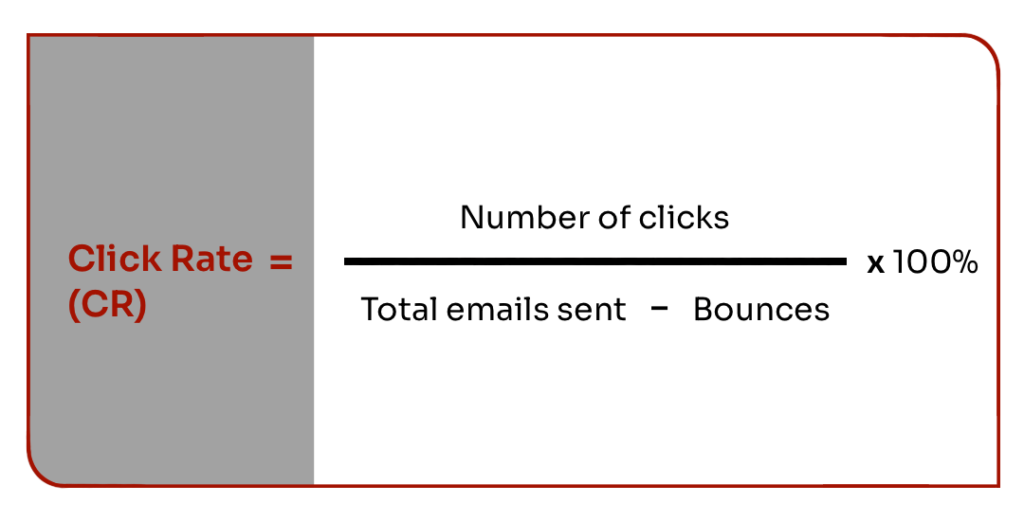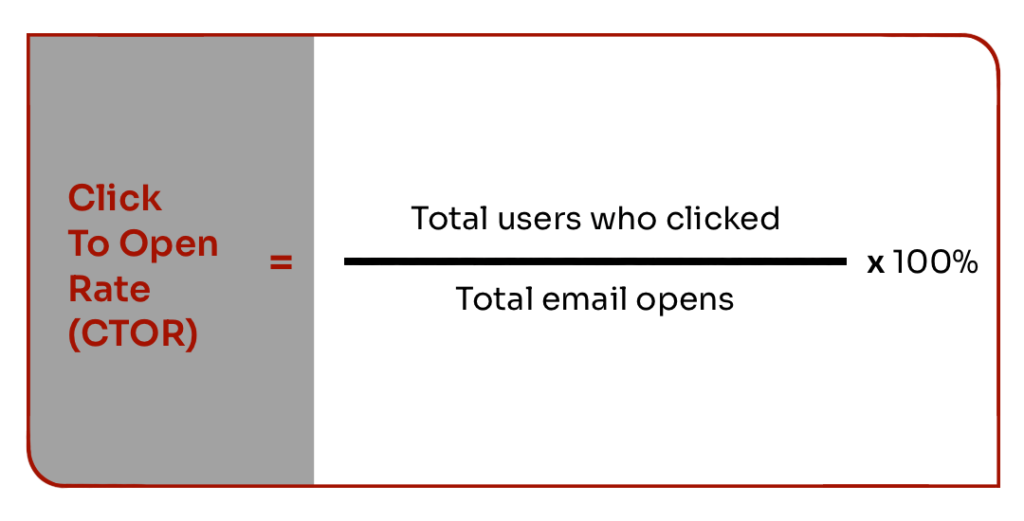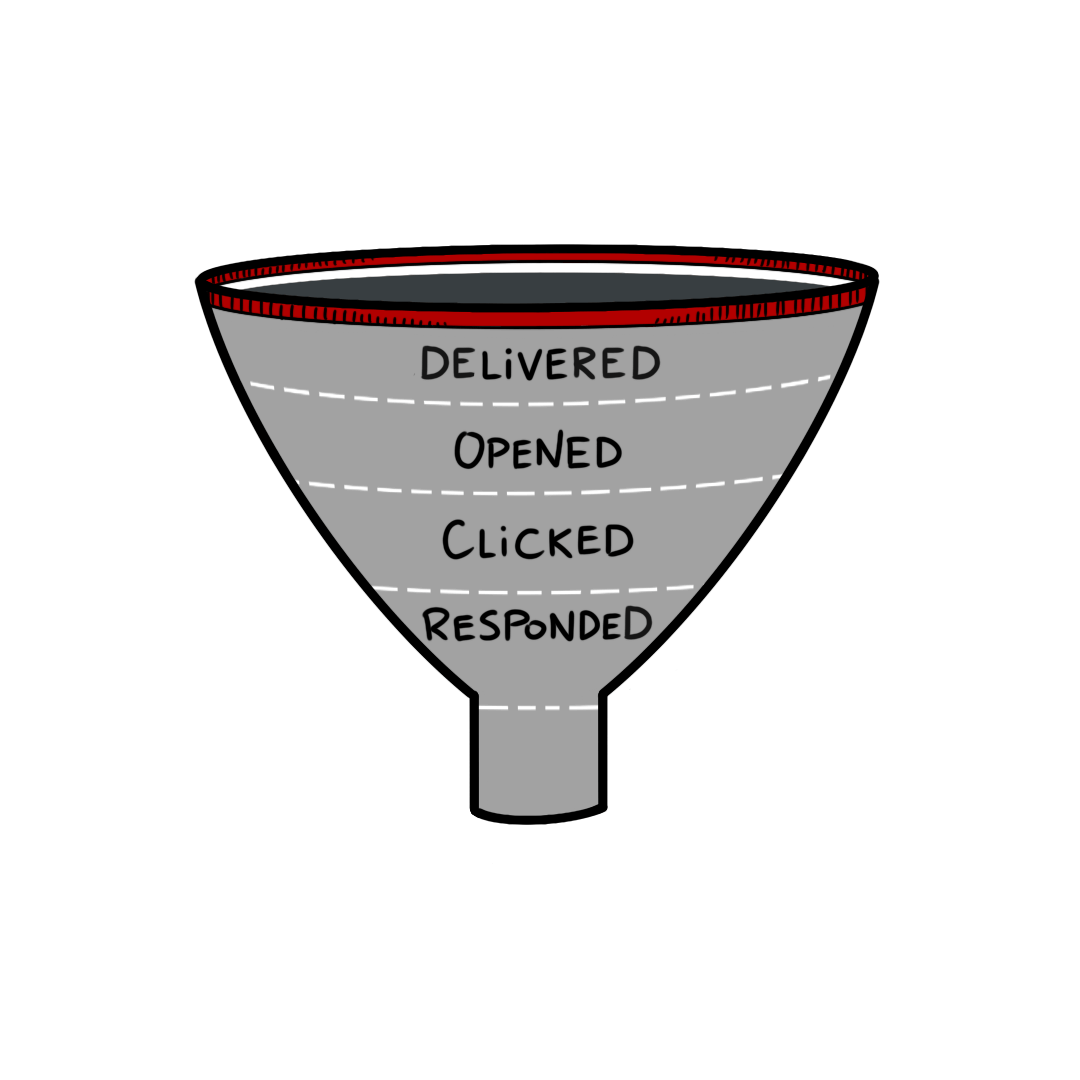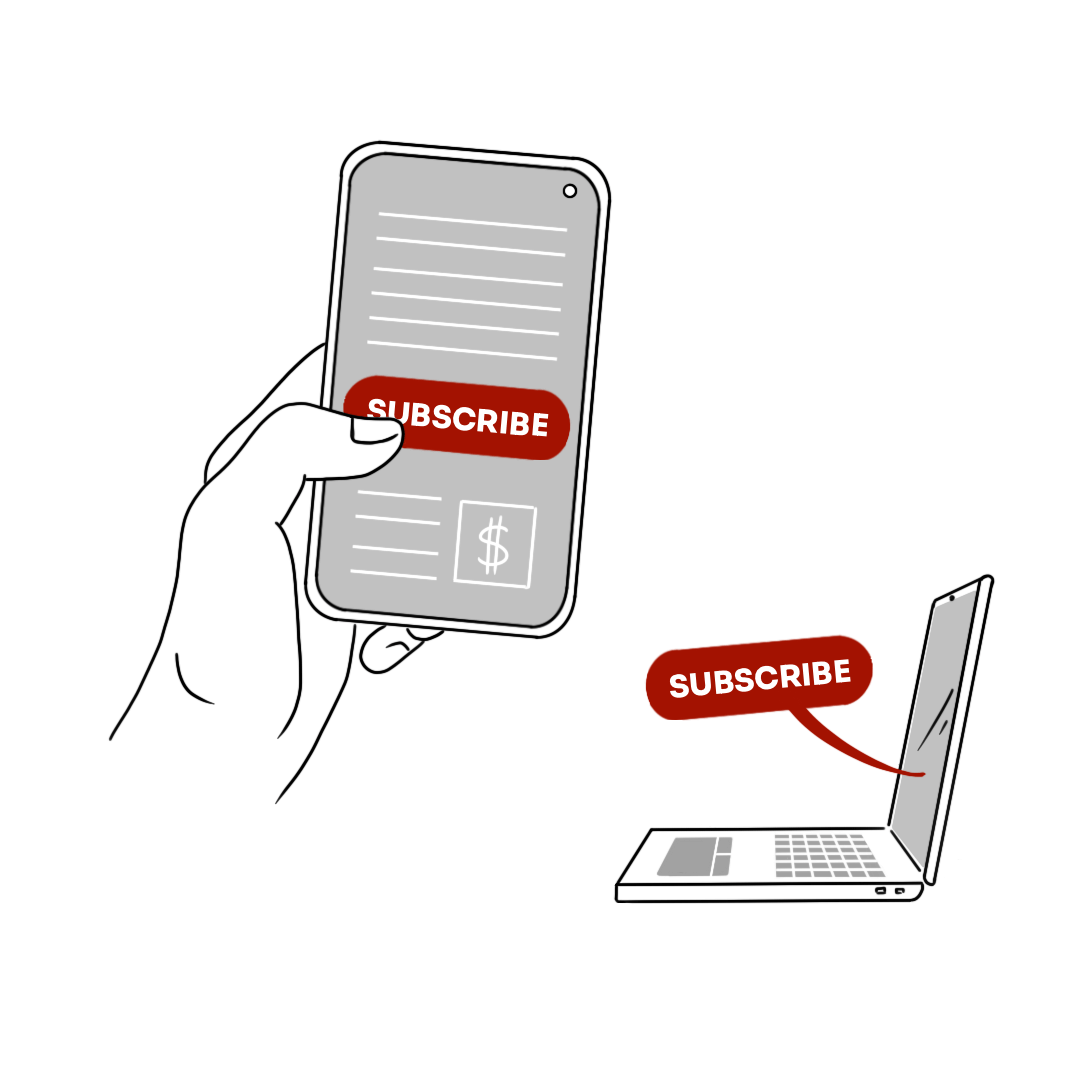When planning communication activities, it is vitally important to ask yourself what goal you would like to achieve: an increase in the frequency of members’ visits, boosting the average basket value, strengthening brand awareness, etc. However, you should remember that in addition to business goals, there are also engagement goals, the implementation of which will increase the chance of achieving the business goals you have set. Below you will find the main email communication metrics you should include in your everyday goal-setting and reporting routines:
- Delivery rate
- Open Rate (OR)
- Click Rate (CR)
- Click to Open Rate (CTOR)
- Response Rate
- Incremental Sales
1. Delivery rate
The delivery rate is a primary metric showing the percentage of emails delivered to recipients.
It helps you measure the quality of your subscribers’ email addresses you have collected in your database. A good practice is to specify the goal for delivery rates for each campaign separately. Constant and ongoing delivery control allows for a short response time in the case of sudden deviations from the average value and excludes inactive emails to protect your reputation with email clients.

2. Open Rate (OR)
Open rate tells us how many of the delivered emails have been opened by email recipients, so it informs you how many subscribers have become acquainted with your campaign. What makes this metric the key engagement indicator?, It depicts whether your audience trusts you and finds the subject interesting. Poor Open Rate means that you failed with the topic or your audience selection. In addition, the Opening Rate allows A/B testing for subject lines.
Open Rate goal should be set individually for each campaign or programme, similarly to the Delivery Rate. When setting the Open Rate goal, it will be helpful to refer to your historical data from the previous campaigns–what was the average Open Rate for this type of campaign in the past. You can also forecast your Open Rate by comparing it to the industry market average provided that data is available for you.

3. Click Rate (CR)
Click Rate shows the ratio of clicks on at least one link in your message to the total number of delivered messages sent during that campaign. It measures the attractiveness of content that is directed to the subscribers. I recommend interpreting this metric as to how many people who trusted you and opened our email found something interesting for them (weren’t disappointed). By respecting the following principle: one mail equals one expected response from the subscribers and focusing on what would be the most interesting for your audience, you can tailor your message to engage the recipients even more, which should translate into an increased CTR.
Similarly to other email communication metrics like Delivery Rate and Open Rate, the Click Rate goal should be set individually for each campaign or program: individual goal per communication type (push or pull), or even individual goals for each campaign. I recommend being as granular as possible (e.g. you expect higher CTR from the NPS survey or when you send different discount coupons). When setting the Click Rate goal, it will be helpful to refer to your historical data–what was the average CTR for this type of campaign in the past.

4. Click to Open Rate (CTOR)
Click to Open Rate is the ratio of unique clicks on at least one link in your message to the total number of messages opened during that campaign. It is even more accurate in assessing the effectiveness and attractiveness of creative materials than the Click Rate and helps you determine the email design, content and links correctness. It shows that your subscribers want to engage with your emails and take the next step.

5. Response Rate
Response rate is a metric that measures your communication’s effectiveness – how many recipients respond to your message. It is calculated as the ratio of unique recipients who took (desired) action to all delivered emails. So, for example, it can show how many people completed your survey or decided to rate your products.

6. Incremental Sales
Is the key email communication metric that shows the commercial effect of your direct communication activities by comparing subscribers’ behaviours (treatment group) against a control group that is excluded from all direct communication for a period of time. The control group should represent your subscription base and thus accurately reflect how the recipient behaves without communication. By comparing the behaviour between the two groups, we can identify the effect of direct communication. To measure the effect, the control group must be excluded from all one-to-one pull and push communication.
Knowing these email communication metrics can help marketers track the success of their campaigns and optimise their email marketing efforts.







